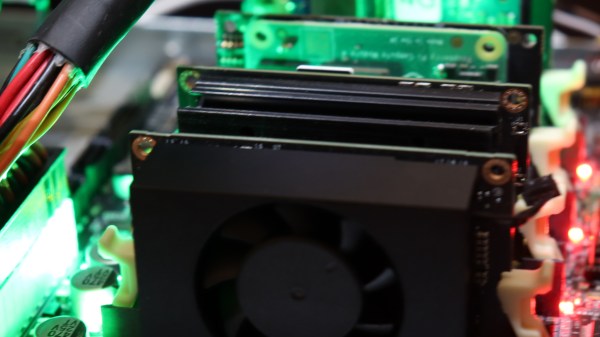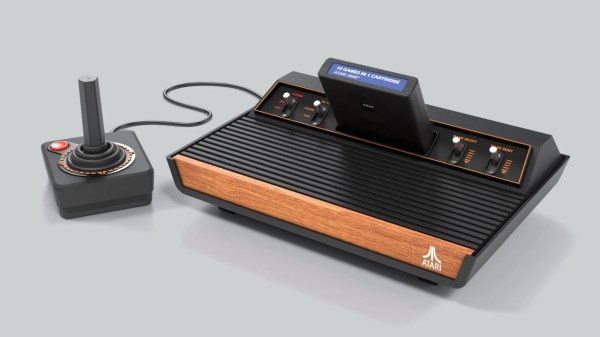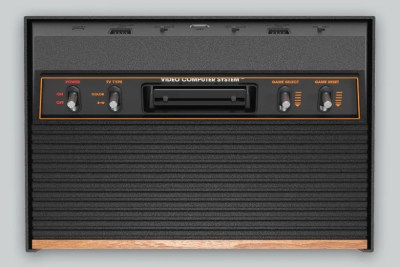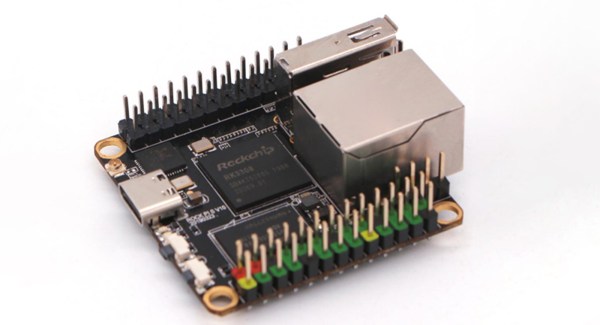The good folks at Turing Pi sent me a trio of RK1 modules to put through their paces, to go along with the single unit I bought myself. And the TLDR, if you need some real ARM processing power, and don’t want to spend an enterprise budget, a Turing Pi 2 filled with RK1s is a pretty compelling solution. And the catch? It’s sporting the Rockchip RK3588 processor, which means there are challenges with kernel support.
For those in the audience that haven’t been following the Turing Pi project, let’s recap. The Turing Pi 1 was a mini ITX carrier board for the original Raspberry Pi compute module, boasting 7 nodes connected with onboard Gigabit.
That obviously wasn’t enough power, and once Raspberry Pi released the CM4, the Turing Pi 2 was conceived, boasting 4 slots compatible with the Nvidia Jetson compute units, as well as the Raspberry Pi CM4 with a minimal adapter. We even covered it shortly after the Kickstarter. And now we have the RK1, which is an 8-core RK3588 slapped on a minimal board, pin compatible with the Nvidia Jetson boards. Continue reading “Finally Putting The RK1 Through Its Paces”

















